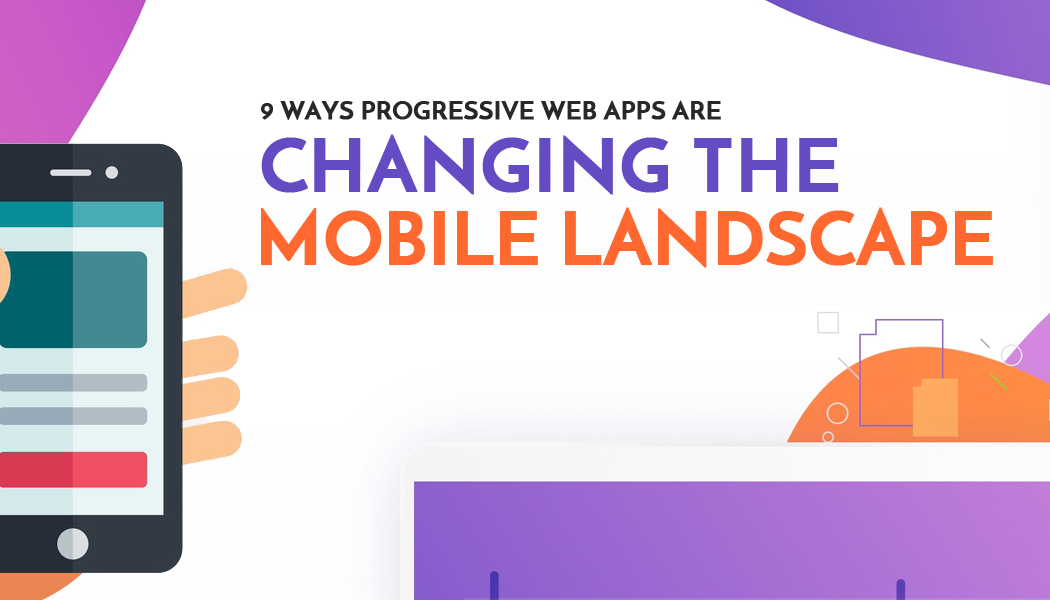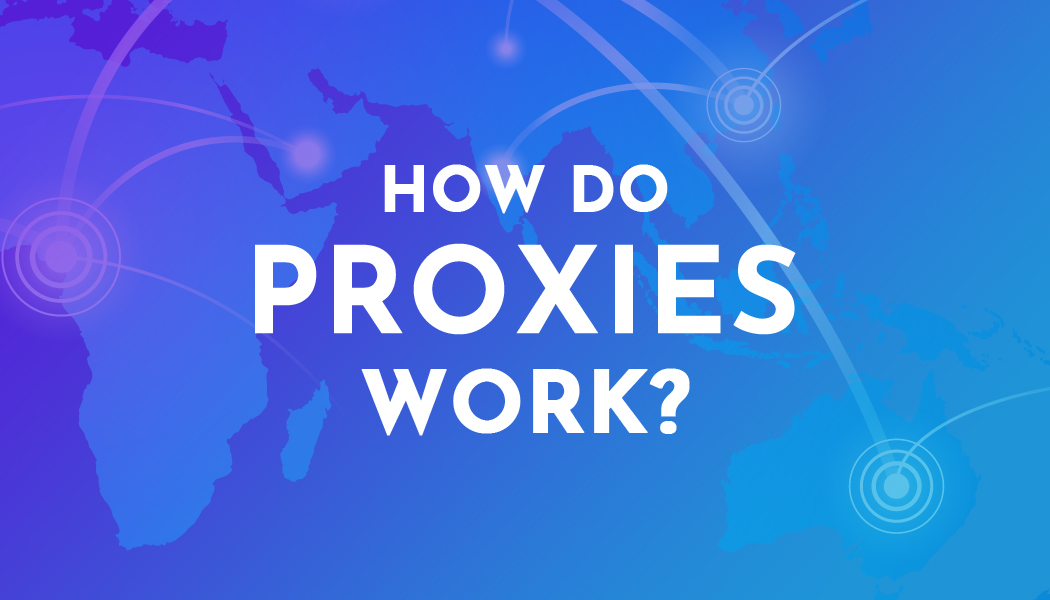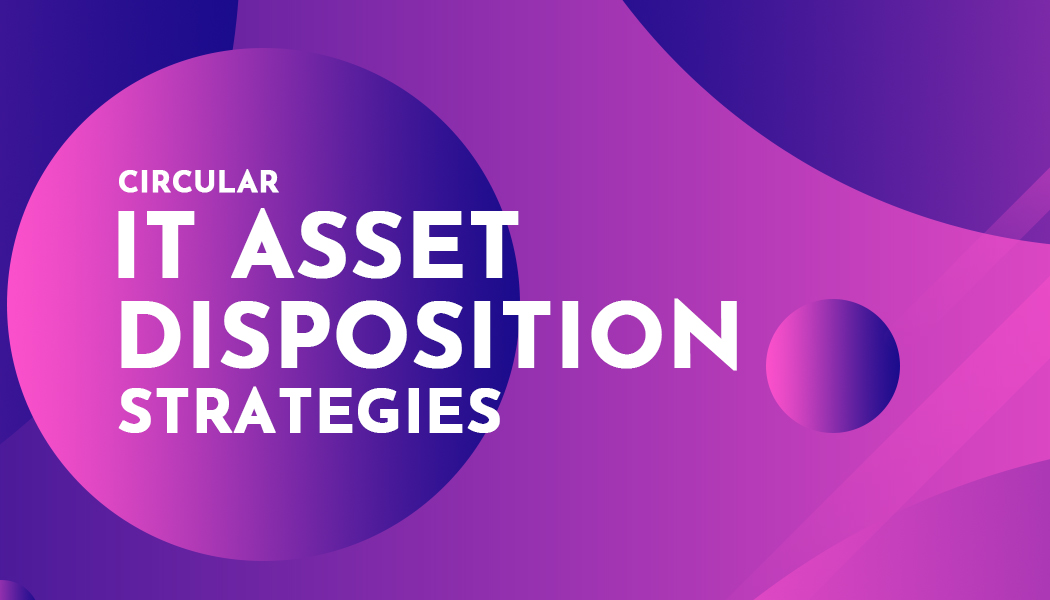9 Ways Progressive Web Apps are Changing the Mobile Landscape
The mobile app industry is developing at an exceptionally fast rate. Progressive web apps contribute to this change. Progressive mobile apps have gained popularity ever since they were launched in 2015. Progressive web apps load like a normal page. These apps feature push notifications, offline functions, and can access your device's hardware.
What is a progressive web app?
Progressive web apps gained the support of multiple platforms. Major companies like NAS, Lyft, Twitter, and Starbucks have already worked on their own progressive web design. Apple also supported the Service Worker and Web Manifest for Safari, and Microsoft brought these apps to the Windows store. Now, Chrome has all these progressive web apps integrated onto its platforms.
According to Google Developers, “Progressive Web Apps are experiences that combine the best of the web and the best of apps. They are useful to users from the very first visit in a browser tab, no install required. As the user progressively builds a relationship with the app over time, it becomes more and more powerful. It loads quickly, even on flaky networks, sends relevant push notifications, has an icon on the home screen, and loads as a top-level, full screen experience.”
MDN Web Docs lay out the following guidelines for progressive web apps: “Progressive web apps use modern web APIs along with traditional progressive enhancement strategy to create cross-platform web applications. These apps work everywhere and provide several features that give them the same user experience advantages as native apps. This set of docs tells you all you need to know about them.”
How does it work?
There are three baseline criteria for a website to qualify as a progressive web app:
- Your website should be running under HTTPS
- Your website should have a Web App Manifest
- Your website should have a Service Worker
Here are some reasons why progressive web apps are changing the mobile landscape.
1. Progressive Web Apps are fast
Page load speed affects user retention. Stats show that most users will leave a website that takes more than 3 seconds to load. This is where progressive web apps come in. They are fast, reliable, and provide complete page performance and enhance page conversion.
2. Progressive Web Apps are reliable
Users can get instant and positive practice with progressive web apps. These apps reduce the province on the network through a help artist. This is a script (JavaScript) which appears on a separate web page. It does not need any user communication. Some examples of progressive web apps are push notifications and background sync features.
3. Progressive Web Apps are engaging
These apps don't need an app store. It stays on the user's home screen, allowing full-screen experience through the web app manifest file. The web app manifest file is a JSON file used to tell the browser about the web application and its behavior upon instalment. This file is important because Google Chrome needs it to show an opt-in prompt we often see when we visit new websites via mobile – the "Add to Home Screen" box.
Through this file, it is possible for users to control the appearance and which icons should appear on the their home screen. It also allows users to choose which page loads up first and customize the orientation to portrait or landscape. These web push notifications can increase engagement of users with your website.
4. Progressive Web Apps are fast to download
Most users don't update or download mobile apps frequently. The most frequently they can download is every two months or even three months. The advantage with using progressive web apps is that they prompt users to download a new mobile app and add it to their home screen. These apps also download fast.
5. Progressive Web Apps are platform-compatible
These apps can run on multiple platforms. There is no need for developers to develop a code numerous times. They only have to do it once. These apps reduce the cost as it is compatible with almost every platform.
6. Progressive Web Apps can be downloaded at a minimum size
Progressive web apps are fast to download. It only takes a minimum size of 100KBP. Downloading these apps is simple and easy, no need to tick too many boxes or fill in forms.
7. Progressive Web Apps have fast updates
Service workers support the updates of progressive web apps. Once the latest updates are made available to the server, these scripts can easily be used. Updates do not take time and users would not need a modify button before installing them.
8. Progressive Web Apps are simple to observe & flexible
Progressive web apps are very simple and flexible. After the installation prompt to the user, it will easily be downloaded within 10 seconds. It also works fast and compatible with any handheld device.
9. Progressive Web Apps are more cost-effective
When comparing traditional web apps to progressive web apps, most experts argue that progressive web apps are more cost-effective. This is because traditional app development can take more time and resources. Progressive web apps use the web and have plugins and APIS at their disposal. Being compatible across a number of devices, progressive web apps have a higher rate compared to traditional apps.
The push notification feature definitely improves user retention rates. According to some interesting statistics, the push notification feature sends users more invites to open apps than any traditional web apps. Thus, users are more likely to open an app because of this feature.
These apps run on the device and not on the browser. Progressive web apps access limited data and are better compared to previous versions.
Google’s recently testing of AIA will be a great advantage to the traditional, native, and current progressive web apps. Google enables the user to download the native app or approach progressive web apps in a faster way. These AIAs also enable users to find the app through a link or a search engine.




